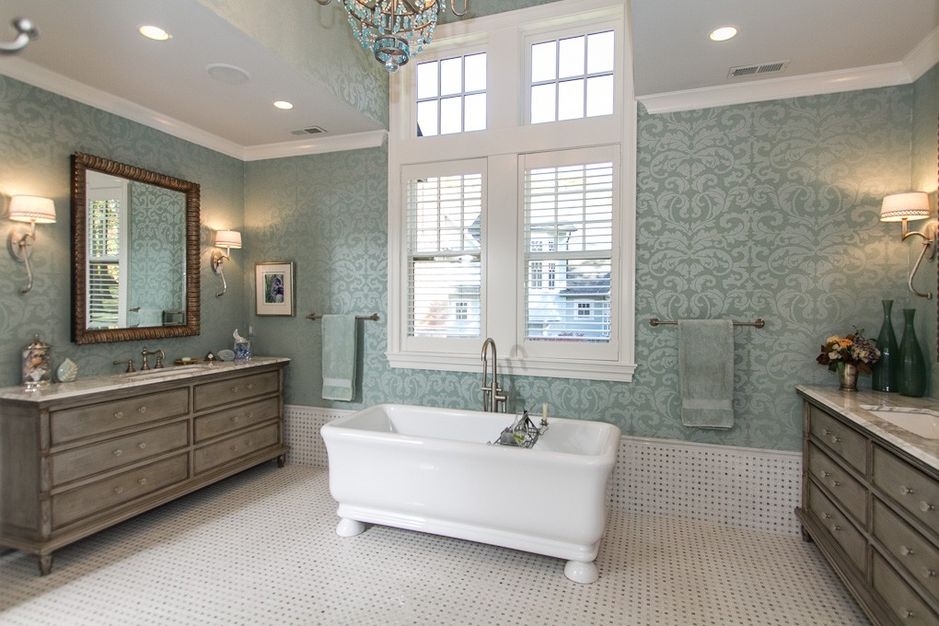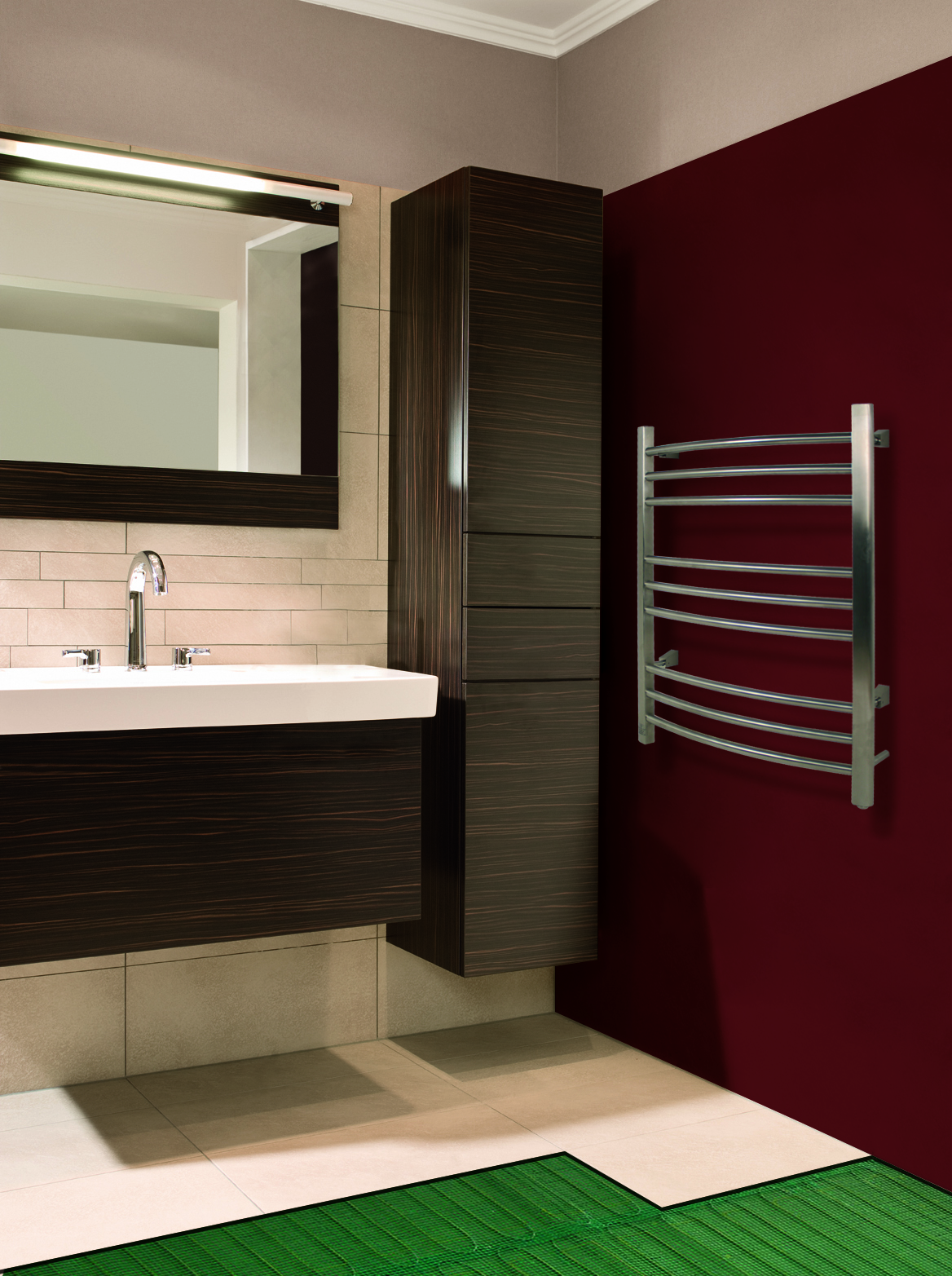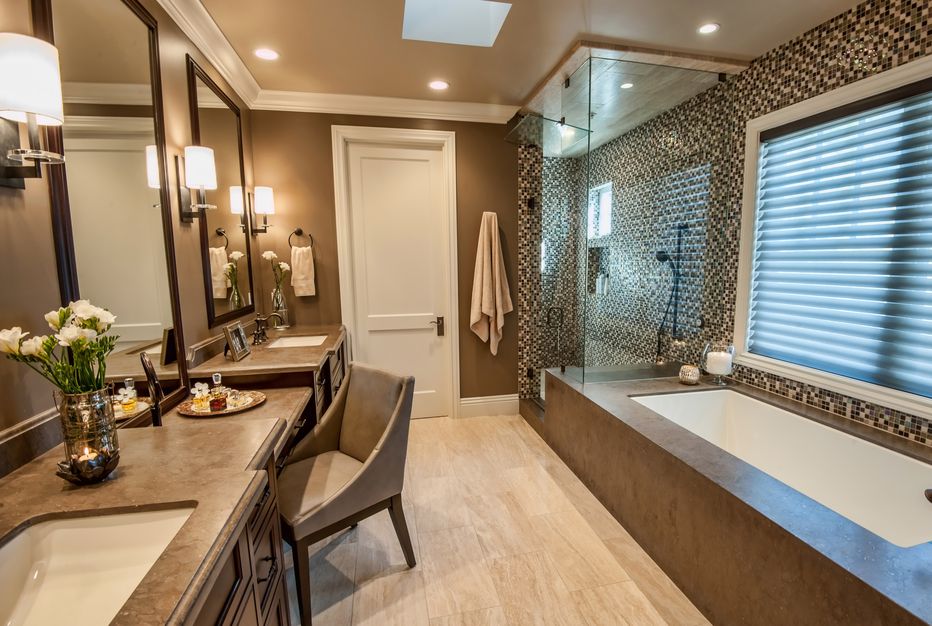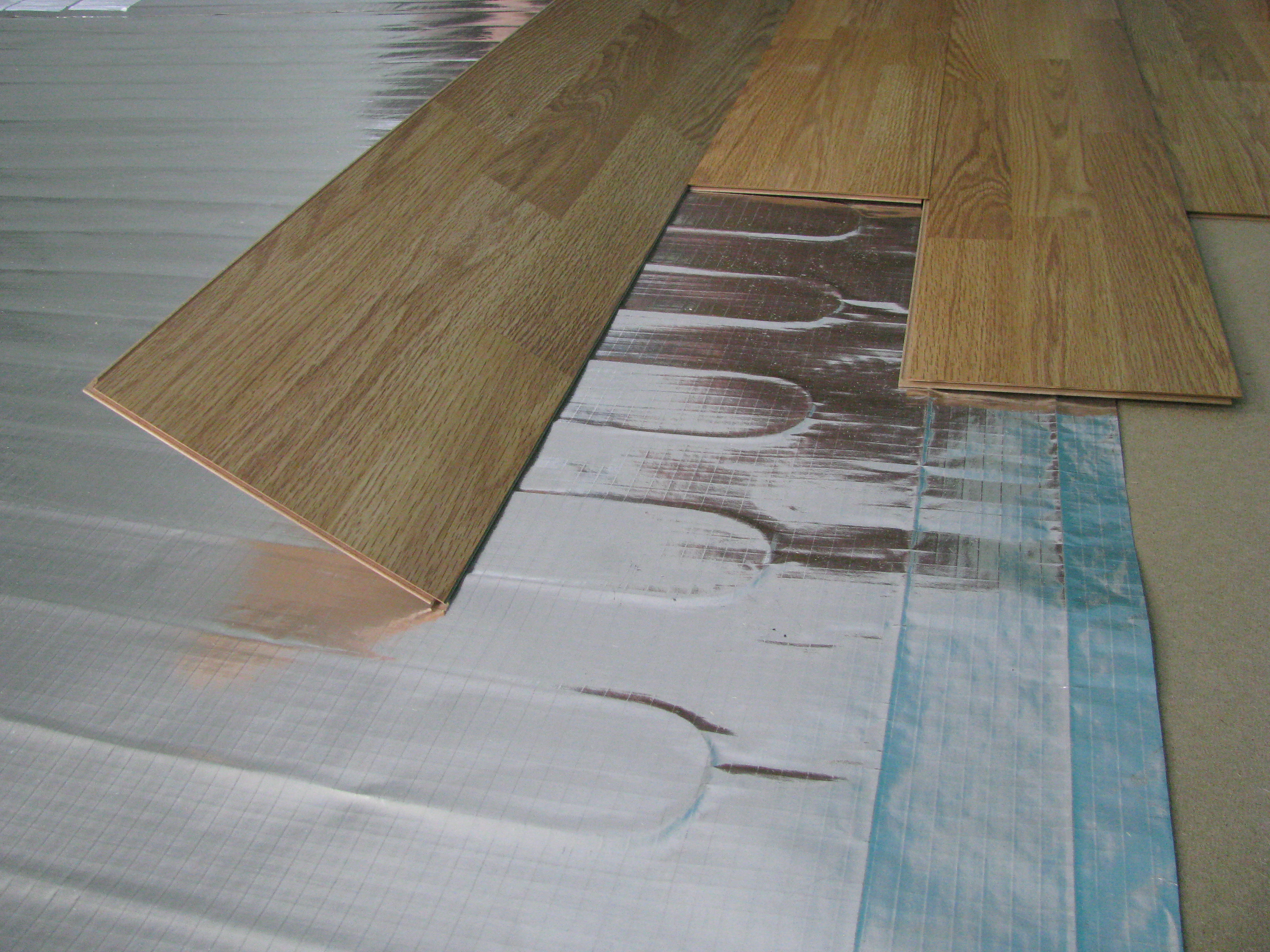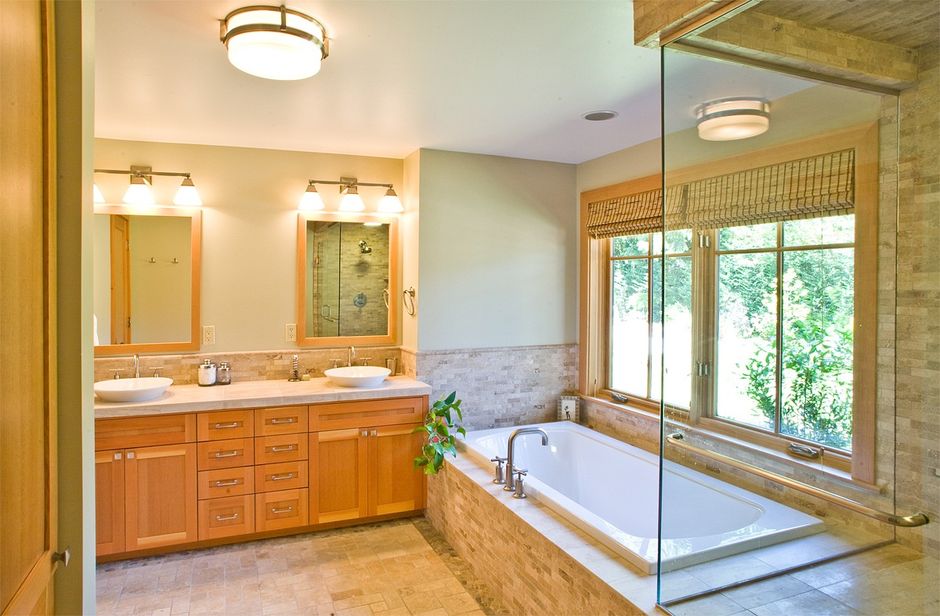
So you’ve decided to add heated floors to your home to keep your rooms toasty from the floor up. Nice! But which type of floor heating system should you use: electric or hydronic?
Both electric and hydronic floor heating systems have pros and cons, depending on your project details and personal preferences. Here are five common situations and the choice we recommend for each.
1. If you’re remodeling
Electric radiant floor heating is ideal for remodeling projects because it’s typically easier and more affordable to install in just one room. To install the system, the flooring in the room must be removed. Then, rolls of electrical heating sheets or cables can be easily installed on top of the subfloor, and new flooring can be installed on top of that. In contrast, hydronic systems often call for extensive reconstruction, requiring a boiler, pumps, valves, and other plumbing additions in order to operate the system.
The price of an electric floor heating system for a small bathroom usually costs between $400 and $800. Hydronic systems typically have higher start-up costs because of the cost of the boiler. But if the home already includes a boiler, then a hydronic system can be implemented much more affordably than an electric heating system.
2. If you’re building a new home
If you’re constructing a house from the ground up, and you’re installing floor heating throughout an entire home, then a hydronic system might be your best bet. Hydronic systems generally end up being less expensive over time, since they deliver heat at a lower overall cost per square foot.
However, it’s good to keep in mind that hydronic heated floors take significantly longer to heat up than electric heated floors, causing most homeowners with hydronic systems to leave them on continually rather than wait. Leaving the system on, rather than being able to flick a switch and provide heat on-demand, results in higher electrical costs over time.
3. If you love low-maintenance
Once a heating system is installed and flooring is laid on top, you never want to have to break into the flooring again. Therefore, a maintenance-free system is the gold standard.
Electric floor heating systems are virtually maintenance free. But if a break does occur somewhere in the cable, its location can be verified without even touching the floor. Using a thermal camera, a professional can determine where the break in the cable is, and remove only the piece of flooring necessary to fix the problem.
With hydronic piping, there are many moving parts that can wear out and fail. Because these systems circulate water, the valves and manifolds they use are prone to sedimentation, mechanical problems, and maintenance issues. Therefore, if a hydronic system encounters an issue, it’s much more difficult to find the leak and make the repair—often resulting in having to remove the entire floor. That’s no fun at all.
4. If energy-efficiency is your thing
Electric in-floor heating systems generally take under an hour to heat up. By comparison, hydronic systems can take up to seven hours or more to heat up when they are first turned on. For this reason, many people leave their hydronic systems on continually—a choice which eats up significantly more energy over time. Constant operation can also cause temperature overshoots, in which the system gets hotter than the homeowner would like, because the outside temperature climbs faster than the floor loses heat.
On the contrary, electric heating systems can more quickly react to temperature changes to keep the home at a stable and comfortable temperature. Plus, they can be controlled by a thermostat with on and off presets. This allows the system to turn on and off as needed to provide heat only when it’s needed. On top of its responsiveness, electric heating systems are cheap to operate: on average, it costs less than 25 cents a day to heat a 38-square-foot bathroom.
5. If you want minimal floor elevation
Finally, remodelers will want to consider the elevation of the floor when choosing a floor heating system.
Electric floor heating systems are very thin, which means that flooring will be raised less than an inch to accommodate the system. On the other hand, hydronic tubing is much thicker, making it necessary to raise the floor as much as a couple of inches in height. If you’re thinking about accessibility, or trying to preserve existing wall tile or trim, then minimal floor elevation is a good thing.
Whether you decide to invest in an electric or hydronic radiant floor heating system, both offer improved air quality and consistent warmth under nearly any flooring surface. It’s up to you which form of luxury to install!
Top Image Credit: DeRhodes Architecture
Does your home have radiant floor heating? Which kind did you install, and do you love it?
